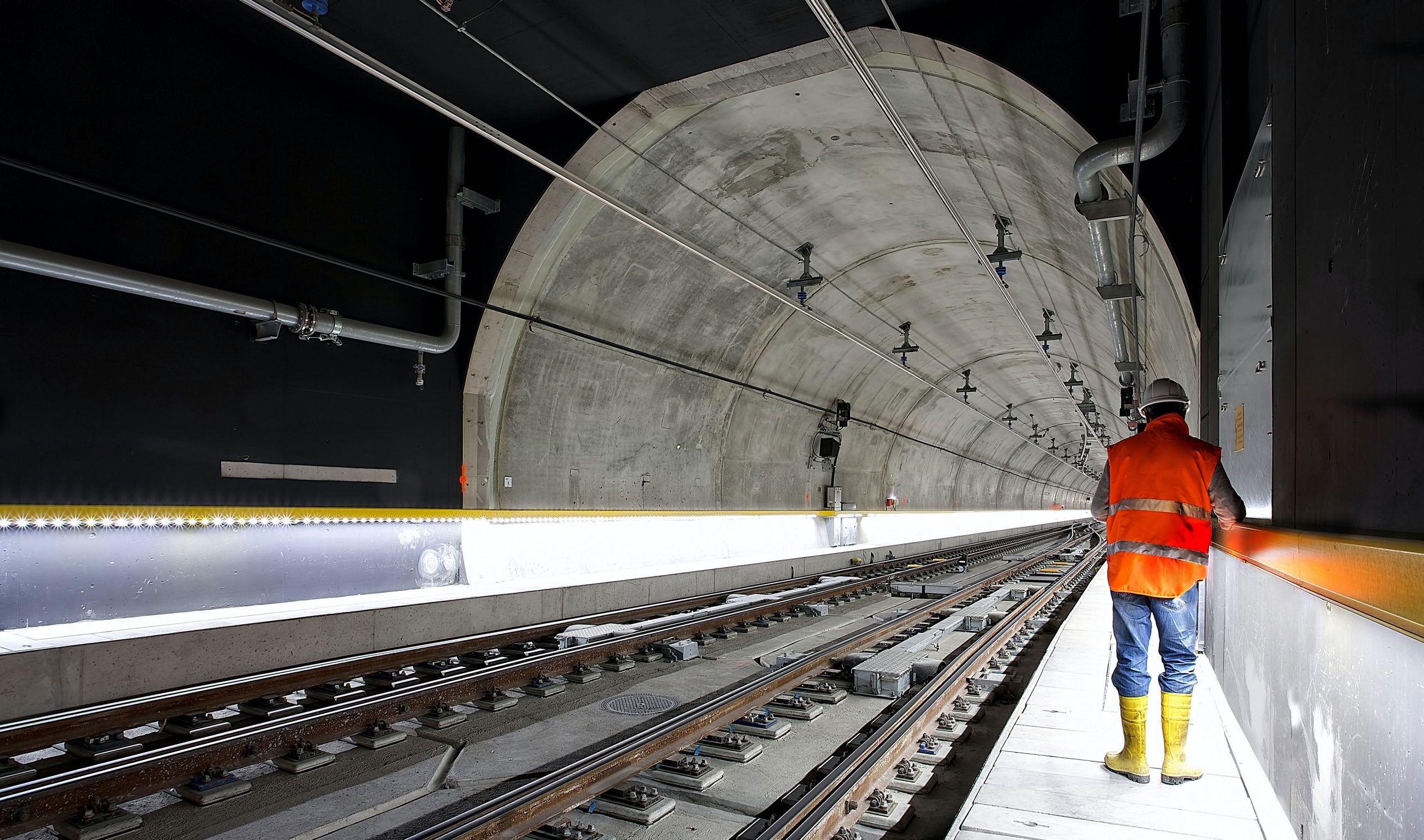Virtual reality’s proving an incredible resource for businesses operating within the construction industry. From animations to realistic walkthroughs, it allows designers, architects, builders and real estate companies to engage even more effectively with potential buyers. This makes it an ideal solution for collaborating on major infrastructure projects that require the expertise of different professionals. VR’s a great tool for collaboration, with design and construction teams and contractors able to network and interact with ease. We take a closer look at virtual reality, and the benefits it offers for collaboration on major infrastructure projects.
Major building projects involve a number of responsible parties. From architects and designers to builders, contractors and the client themselves, each involved group needs to be able to communicate and be updated on proceedings and roadblocks. While current video conferencing technology assists with supporting remote work through face-to-face interactions, it’s still not as effective as an in-person meeting. That’s where VR steps in – it bridges the gap between video calls and in-person interactions.
For contractors, VR offers a convenient way to discuss issues and projects regardless of where other team members are located. Contractors can meet in a virtual conference room, see one another’s avatars, and interact using body language – a meeting style that goes beyond video conferencing in delivering a real user-focused experience of networking. What’s more, contractors can incorporate their 3D models within their virtual space, so that other collaborators can interact and see what they’re planning or thinking. And VR can also be tweaked to locate the meeting in engaging, fun backdrops – an approach which definitely boosts the team mood.
And let’s not forget the client. Relationship between client and contractors is crucial, and VR helps to achieve this better than ever before. When they use VR, a client can make suggestions or changes from the very beginning of the design process. This won’t just clear up any misunderstandings or errors that might be lingering in the design; it also reduces the risk of needing to spend time and money arranging repairs or refinements. VR’s also useful when working on major infrastructure or large company premises, as it allows large numbers of personnel or prospective parties to explore the space through 3D renders and offer their feedback. By allowing staff to freely explore a virtual space, interact with the design, and offer feedback on what they see and find, companies place themselves in a far better position to deliver results that meet expectations and achieve outcomes.
VR technologies are, therefore, a great asset to the construction business, allowing for seamless, upfront collaboration on major infrastructure projects. If you’re interested in the possibilities of VR and what it might offer your team and your clients, get in touch with 3D Walkabout today. We’re a team of VR/AR creative experts passionate about helping our customers harness the very best of what tech has to offer. We’ll spend time discussing your needs and requirements and help you settle on tailored VR solutions to take your collaborative work to the next level.
Summary: How can VR be used by the major infrastructure industry?
VR enhances collaboration in the construction industry for major infrastructure projects.
Virtual meetings in VR bridge the gap between video calls and in-person interactions.
Contractors can discuss projects and showcase 3D models in virtual conference rooms.
VR allows clients to provide feedback from the design stage, reducing errors and potential costs.
VR technologies empower construction teams to deliver better results and meet client expectations.
FAQs
How can VR be used in public consultations for infrastructure projects?
Virtual reality is the closest we can get to experiencing something before it has actually been created. This will help in public consultations for large infrastructure projects as it will allow citizens to see and understand the project to the fullest before they give their opinions and potentially impact the final decisions.
How can VR be used to understand future developments?
Using virtual reality, we can see and understand how future developments will impact the surrounding area, and how they need to be constructed. Not only this, but we can also analyse the effects of any given creation before we even start thinking about building it.


